Gaseous vibrations in pipes display distinctive overtone patterns, linking the lengths of pipes with the propagation speeds of the gasses through which energies travel. Accelerating reconfigurations in piped energies across national borders along Germany’s northern coastline, sustain overtones of global geopolitics, reverberating throughout the local milieu.
Recordings conducted at various locations on Rügen, monitored from inside a common rain gutter pipe tuned to a 76.8 Hz resonant overtone, amplifies in-situ residual hums emanating from the Neptune regasification vessel moored at the industrial port of Lubmin, gateway to the Nord Stream 1 & 2 pipelines.
Analyses of recordings nearby Lubmin’s floating hydrocarbon gas facility reveal an acoustic signature — the specific set of prominent oscillations — emanating from the regasification process. The ubiquitous hum, audible across Rügen Island, consists of a dense overtone structure, with harmonics fading in and out of audibility in tandem with situated conditions on-site.
A faint continual pitch of 76.8 Hz, picked up 20 km across the bay at Glowitz, corresponds with a prominent overtone in a harmonic series whose fundamental is estimated at 12.8 Hz. Although the frequency of 12.8 Hz is an infrasound signal, sitting well below human thresholds of hearing (20 Hz), the source radiation consists of immense energy capable of traveling great distances, above and below the waterline, through atmospheric and ocean ducting. Comparable energy infrastructures (such as wind farms) have been critically scrutinized for their potentially hazardous infrasound drones, though it is not commonly known that the regasification process radiates infrasound. The distant fundamental throbbing frequency of regasification is felt more than heard. Producing a corporeal presence that provokes tactile bodily sensation and potentially unease.1
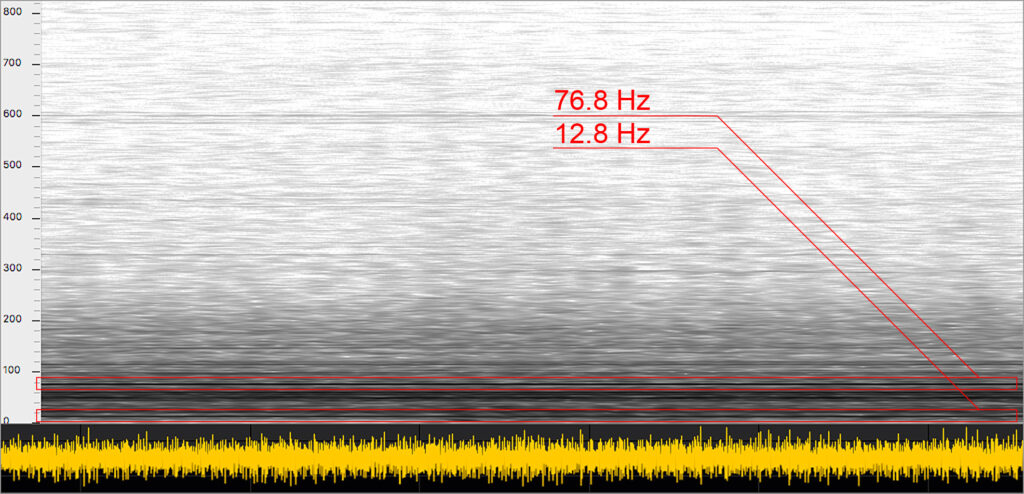
The so-called Floating Storage Regasification Unit (FSRU) at Lubmin port is a mobile regasification boat hastily put into operation in the wake of the Kremlin’s Ukrain invasion and subsequent shutdown of the Nord Stream pipelines. The moored vessel is considered a temporary solution before a permanent regasification facility is installed on Rügen, slated for Sassnitz-Mukran port. A study published in September by the DIW (the German Institute for Economic Research) questions the longer-term economic benefits and energy dependencies the project claims to resolve. That together with local community protests, petitions and ongoing lawsuits, are increasingly pressuring the gas lines.
Since the Ukraine invasion, regasification noises originally contained in Russian ports have now transposed to German coastlines (measurements in February in nearby Spandowerhagen reported over double the permissible level of sound intensity 2) and so have the branching methane movements, now piped over complex maritime infrastructures, accelerated by the German government’s ratification of the LNG Acceleration Act and increasingly met with sounds of resistance.
Geological methane flows into Germany have also rerouted from the Yamal Peninsula (the Yamalo-Nenets region of north-western Siberia, the original source of the Nord Stream supplies) to North-America, setting off an alternate chain of vastly distributed yet factually interlinked oscillations, namely shale hydrocarbon gas extraction, intermixed with Atlantic tanker shipping and seismic tremors of Texas fracking amplified through local environmental and indigenous organizations. Incidentally, our research on the island also intersected with the large-scale Baltic Sea navel exercises, sounding other intertwined geopolitical reorientations in NATO’s north-eastern flank.
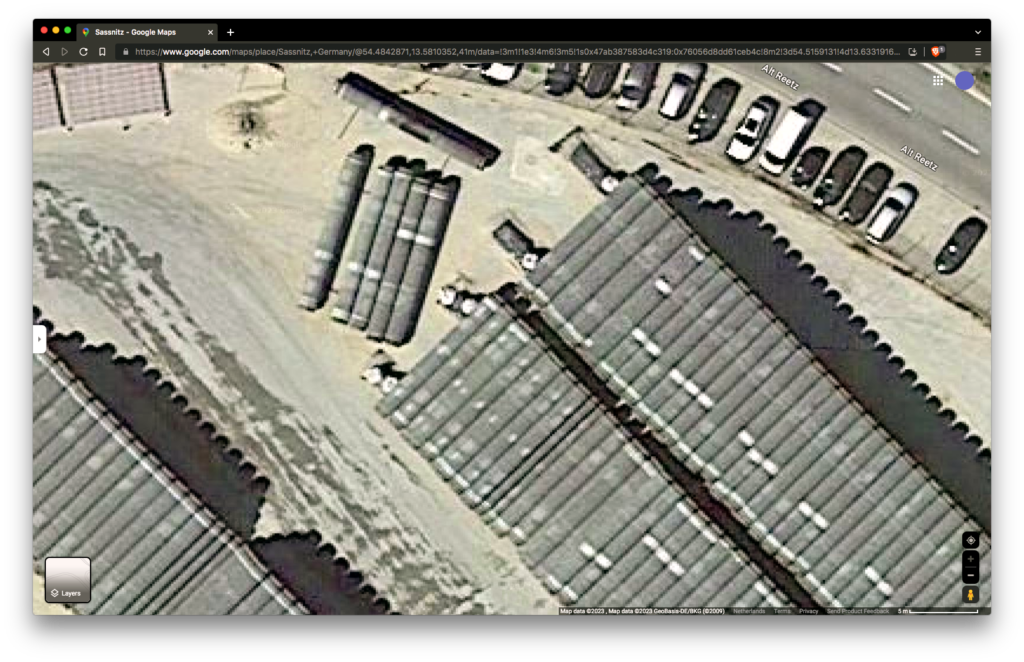
Remaining pipes from the Nord Stream 2 project (estimated at around 15,000 twelve-meter long sections), stored at the port on Rügen (40 percent of the entire Nord Stream 2 route was produced in Mukran), have now been repurposed for a new pipeline, hastily being laid on the seabed since early September by the Castoro 10 vessel (that can be followed live in progress), controversially passing through several protected areas, eventually linking the Hydrocarbon gas facilities at Sassnitz-Mukran port with the national methane infrastructural gateway at Lubmin.
In the mean time regasification rumbles from Lubmin are punctuated with diesel motor cross-fades from liquid methane shuttle ships and storage tankers crisscrossing the Bay of Greifswald — movements in violation of German environmental laws — off the coast of Rügen.
Recordings from inside pipe tuned to the 76.8 Hz regasification overtone, various locations around Rügen Island.
00:00:00 Kap Arkona, attack helicopter flyby, NATO Baltic Sea naval exercise
00:00:31 Neukamp, coastline ambience with 12.8 Hz hum signature, location 1
00:00:56 Neukamp, coastline ambience with 12.8 Hz hum signature, location 2
00:01:47 Kap Arkona, anonymous passers-by discussing the LNG hum
00:03:41 Glowitz, agriculture field ambience with fly in pipe
00:05:40 Lubmin, resynthesis of low-frequency overtone pattern, coastline regasification drone
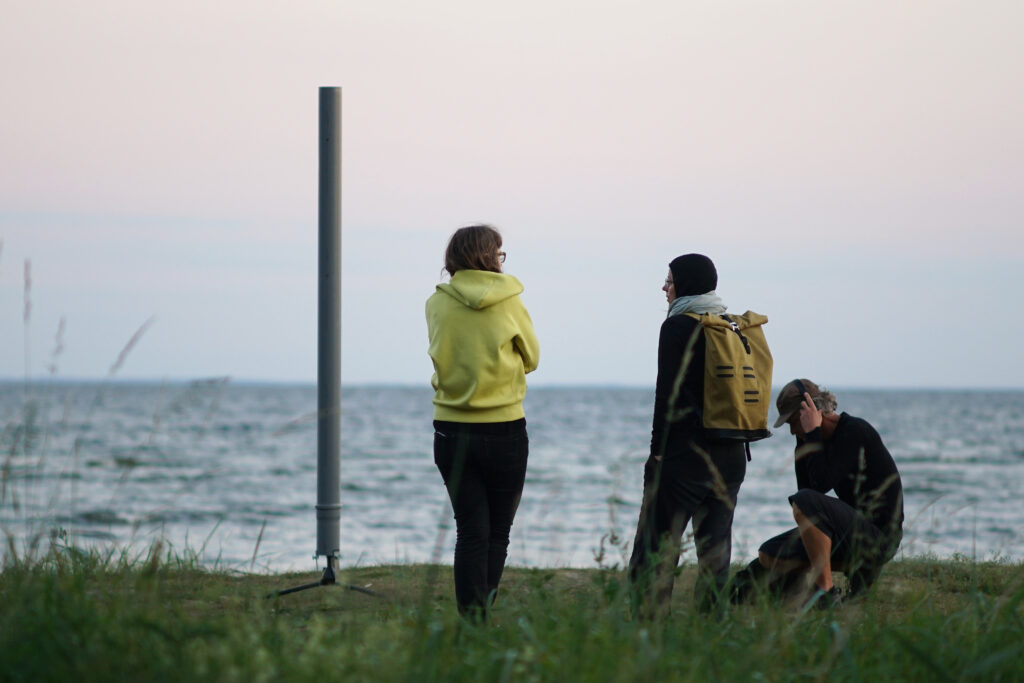
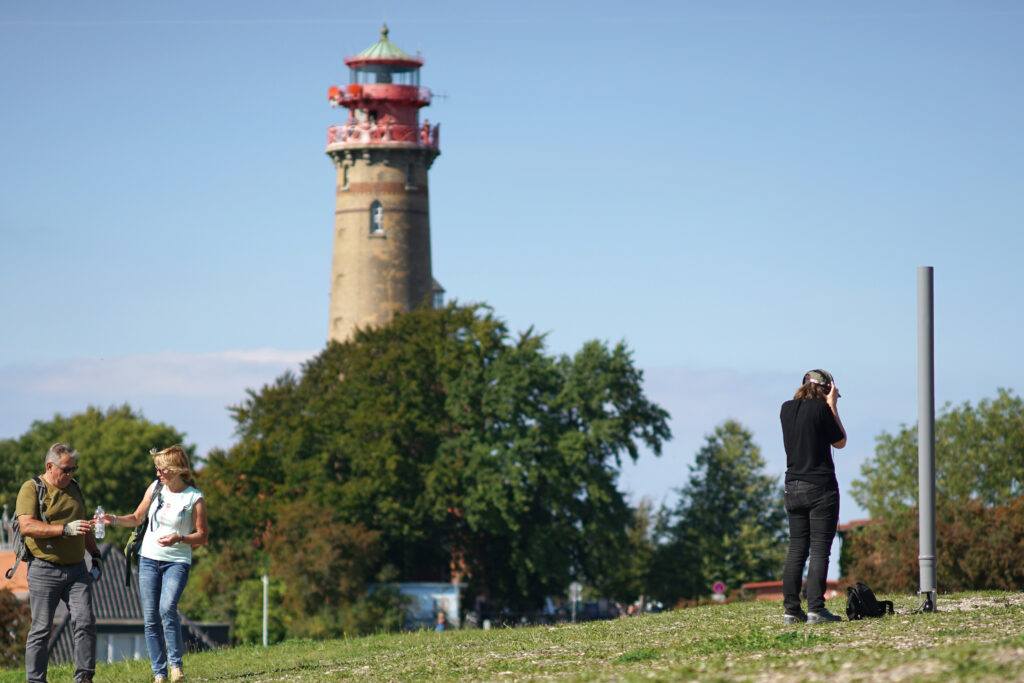
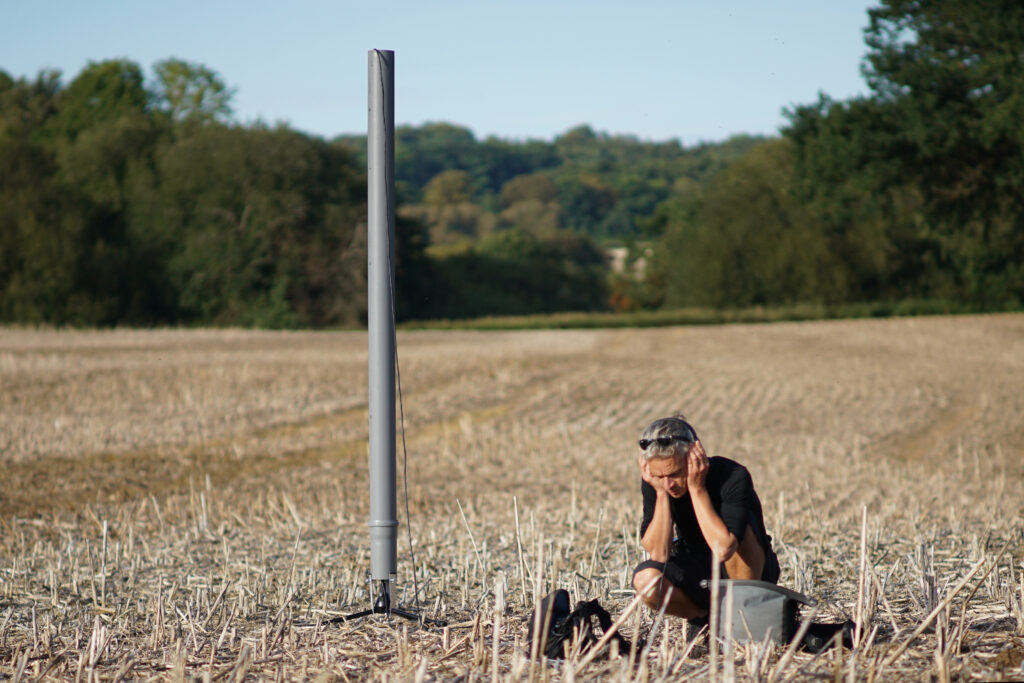

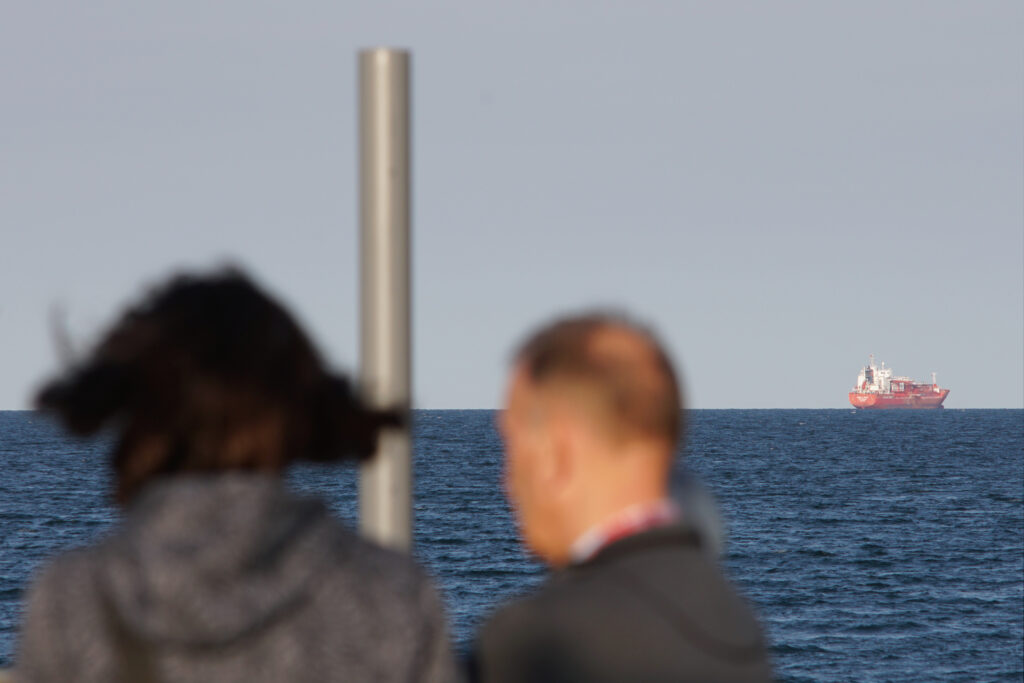
(Raviv Ganchrow, Jasmine Guffond and Carsten Stabenow)
1 Adverse heath and safety risks from exposure to machinery-borne low-frequency pulsations is well documented in industrial noise and vibration literature. See for example Pedersen, et al., “A Detailed Study of Low-Frequency Noise Complaints.” Journal of Low Frequency Noise, Vibration and Active Control 27, no. 1 (March 1, 2008): 1–33. https://doi.org/10.1260/026309208784425505.”
2 See page 19., Widerspruch, Deutsche Umwelthilfe e.V. (DUH) February 24th, 2023. https://www.duh.de/fileadmin/user_upload/download/Pressemitteilungen/Energie/Widerspruch_24_02_2023_BImSchG_FSRU_Lubmin_geschwärzt.pdf
